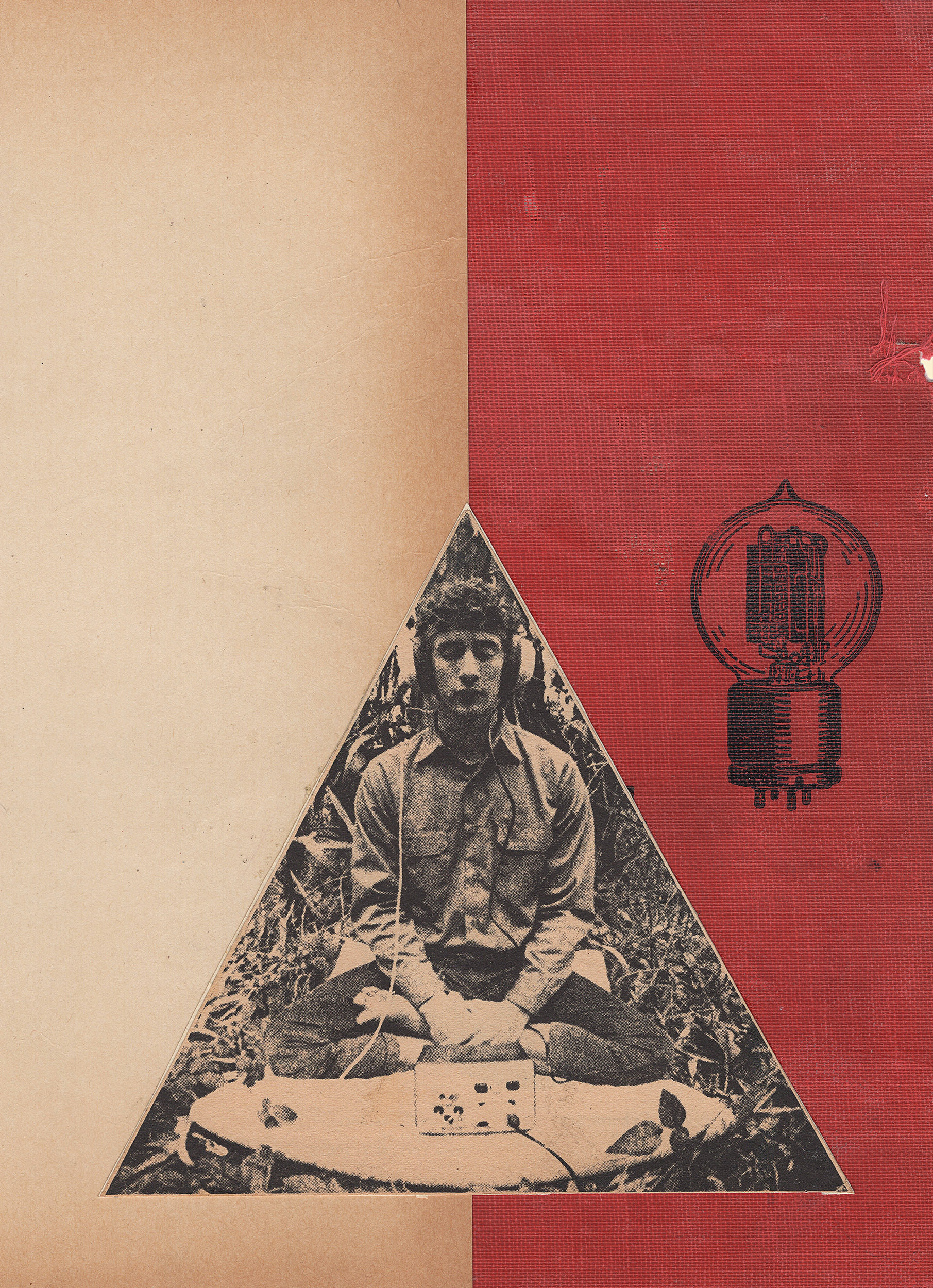With the current market for analog audio hardware crowded with clones of coveted pieces, the myriad of redundancies can be a drag once you tire of the usual suspects and begin to seek new tonal flavors for your sonic toolkit. Luckily, this creates opportunities where new companies can thrive by offering clever implementations and novel approaches that seek to break new tonal ground. One such product is the LH95 500 Series inductor EQ from Houston’s Iron Age Audioworks. It’s a fully discrete, transformer-coupled Class A equalizer with stepped controls, fixed gain blocks, and a custom-wound multitap inductor from Cinemag for the mid band. It combines vintage inspiration with modern manufacturing capabilities to create something altogether unique. The LH95 offers high and low active Baxandall shelving bands, a custom inductor mid band with proportional Q, as well as fixed high and low-pass filters.
Functionally and sonically, its design and feature set make the LH95 an ideal candidate for recording scenarios when a bit of color is desired. It’s also quick and simple to dial in, with minimal potential for detrimental side effects. Simply put, it was almost impossible to get this EQ to misbehave in an unappealing way, even when abused. Gain is stepped in 3 dB increments, so this is most unapologetically a “broad-strokes” equalizer meant for shaping and tone – not sonic surgery. Within a few moments of use, one appreciates the consideration taken in the choices made with the mid band; the settings consistently feel musical and familiar in shape, with an original tonal character that, to my ears, was quite refreshing.
The black faceplate with easy to read markings evokes a Germanic aesthetic that will likely appear familiar to veteran engineers. As someone who uses outboard gear regularly, I appreciate a panel layout that lends itself to effortless use in the often dark and rushed world of recording – it also photographs well for session recall documentation. I love the chunky feel of the high-quality rotary switches, and the caliber of components used throughout is excellent. Iron Age Audioworks was kind enough to send me a pair of LH95s to play with. While they weren’t specifically a matched pair, the quality control over at IAA must be top-notch, as a quick round of tests soon revealed no discernible differences in response – more than adequate for stereo bus detail.
I first applied them on drum overheads, as I had a “COVID concert” recording I was mixing at the time. The console’s EQ wasn’t colored enough for what I wanted, and a Neve 1073 I had tried previously felt too edgy. The LH95 added the bit of color I wanted without overdoing it, and together with the combination of some high shelf and mid band EQ, I was able to breathe life into cymbals with a focus on the snare that felt supportive but not over-pronounced. My gear-centric remote clients raved at this addition to the mix and were pleased enough to inquire what augmentation was made. To their surprise, it was not any of the vintage “this or thats” but rather a brand new entry to the studio rack. A similar instance arose on another project I applied on drum bus detail.
As suspected, the LH95 also functions well for drum tracking scenarios – right at home on the record path as a shaping EQ that can also offer some color. I found it quite adept for sculpting kicks and toms and really loved what it did for my snare drum top by pairing the filters and shelves in a way that yielded a pleasant interaction, while the mid band helped to focus the body of the snare.
As soon as I tried this on a vocal microphone, it quickly became apparent that the LH95 would become a go-to for voice work of all kinds. While the pandemic rages on here in the United States, I’ve been inundated with mix work from artists recording in quarantine. Though valiant efforts were made by many homebrew voice recordists, the budget-minded transformerless condenser microphones they used gained an instant benefit from the LH95. Simply engaging the circuit often moved you into greener sonic pastures in a way plug-ins just can’t typically do, and dialing in flattering settings was always a snap.
I had a mix that featured some smoky upright bass and decided the LH95 would be an ideal candidate (rather than my usual Pultec/Gates approach). Using the high-pass filter in conjunction with the low shelf was compelling, and their interaction quite pleasant, taming irrelevant sub frequencies while offering a nice foundational shape for the desired bass content. The same effect can be achieved with the high shelf and low-pass filters, but I opted this time to let the high end shine. The mid band elicited more subtle woodiness in the upper midrange with ease.
When requested to track some electric bass overdubs, I took the opportunity to test the LH95 with all of our preamps. The ample dynamic range and headroom of this unit made for smooth sailing, as everything I threw at it paired up with no surprises. In this instance, I found that the LH95 and Telefunken V72 preamp was my favorite combination, with the two seeming like long lost cousins. Matt from IAA had encouraged me to try driving the LH95 to its limits on bass, so I decided to give that a go. Sure enough, I found myself grinning ear to ear when pushing the mids into Empirical Labs EL8-X Distressor [#32] oblivion.
The fact that the LH95 performs among the titanic classics in Metronome Multimedia’s collection (worth ten times more) testifies to this EQ’s thoughtful design and excellent build quality. The “instant classic” feel the LH95 delivers is exceedingly difficult to find in this price range. I highly recommend a demo so you can hear for yourself, which the fine folks at Iron Age Audio would be happy to arrange.




_disp_horizontal_bw.jpg)